Mitigate Supply-Chain Attacks With Microsegmentation And ZTNA
This article originally appeared on Packet Pushers Ignition on January 12, 2021. In broad terms, the SolarWinds attack is a standard (though well-executed) supply-chain compromise that breaches a trusted source of software, hardware, or services to gain entry into an organization’s internal infrastructure. Once inside, it spreads to other systems, installs additional tools, compromises user […]
The post Mitigate Supply-Chain Attacks With Microsegmentation And ZTNA appeared first on Packet Pushers.
Video: IPv6 Trust Model
After discussing the basics of IPv6 security in the hands-on part of IPv6 security webinar webinar, Christopher Werny focused on the IPv6 trust model (aka “we’re all brothers and sisters on link-local").
Video: IPv6 Trust Model
After discussing the basics of IPv6 security in the hands-on part of IPv6 security webinar webinar, Christopher Werny focused on the IPv6 trust model (aka “we’re all brothers and sisters on link-local”).
Failed the CCIE lab. Now what?
This is a blog post that could’ve and perhaps should’ve been written many years ago. Knowing what happened in 2008 might only help very few with their CCIE journeys today. But on that summer afternoon, I made up my mind when the plane made a noisy landing in Tokyo, where many passengers had masks on, […]
The post Failed the CCIE lab. Now what? appeared first on Packet Pushers.
The end of the road for Cloudflare CAPTCHAs


There is no point in rehashing the fact that CAPTCHA provides a terrible user experience. It's been discussed in detail before on this blog, and countless times elsewhere. One of the creators of the CAPTCHA has publicly lamented that he “unwittingly created a system that was frittering away, in ten-second increments, millions of hours of a most precious resource: human brain cycles.” We don’t like them, and you don’t like them.
So we decided we’re going to stop using CAPTCHAs. Using an iterative platform approach, we have already reduced the number of CAPTCHAs we choose to serve by 91% over the past year.
Before we talk about how we did it, and how you can help, let's first start with a simple question.
Why in the world is CAPTCHA still used anyway?
If everyone agrees CAPTCHA is so bad, if there have been calls to get rid of it for 15 years, if the creator regrets creating it, why is it still widely used?
The frustrating truth is that CAPTCHA remains an effective tool for differentiating real human users from bots despite the existence of CAPTCHA-solving services. Of course, this comes with a huge trade off in terms Continue reading
WAF mitigations for Spring4Shell
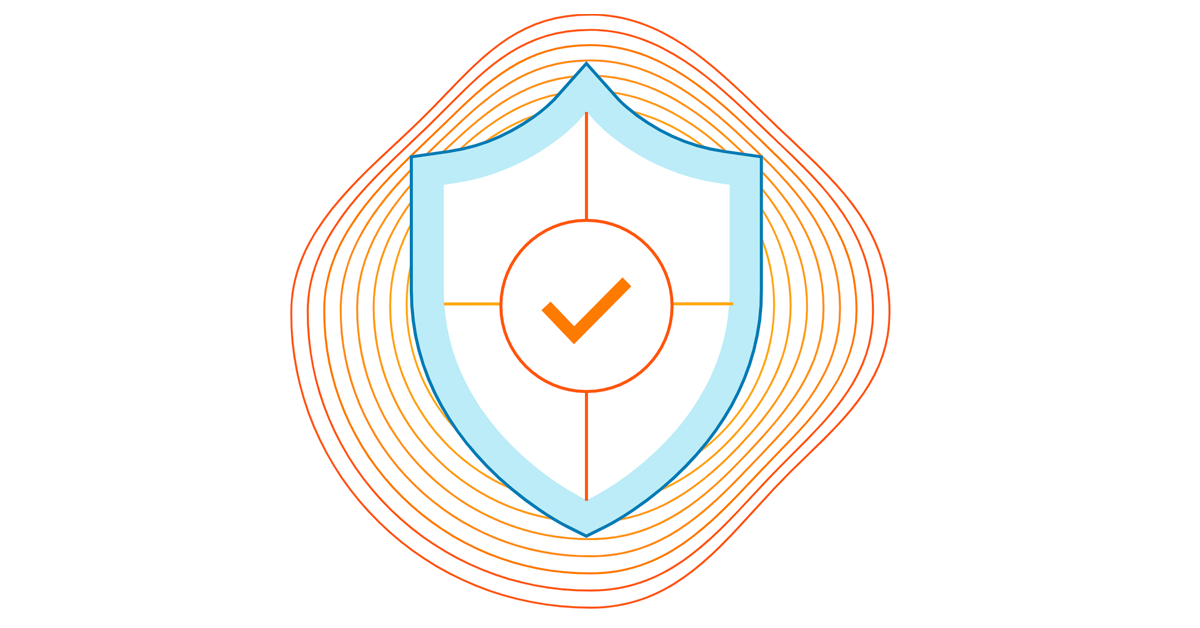
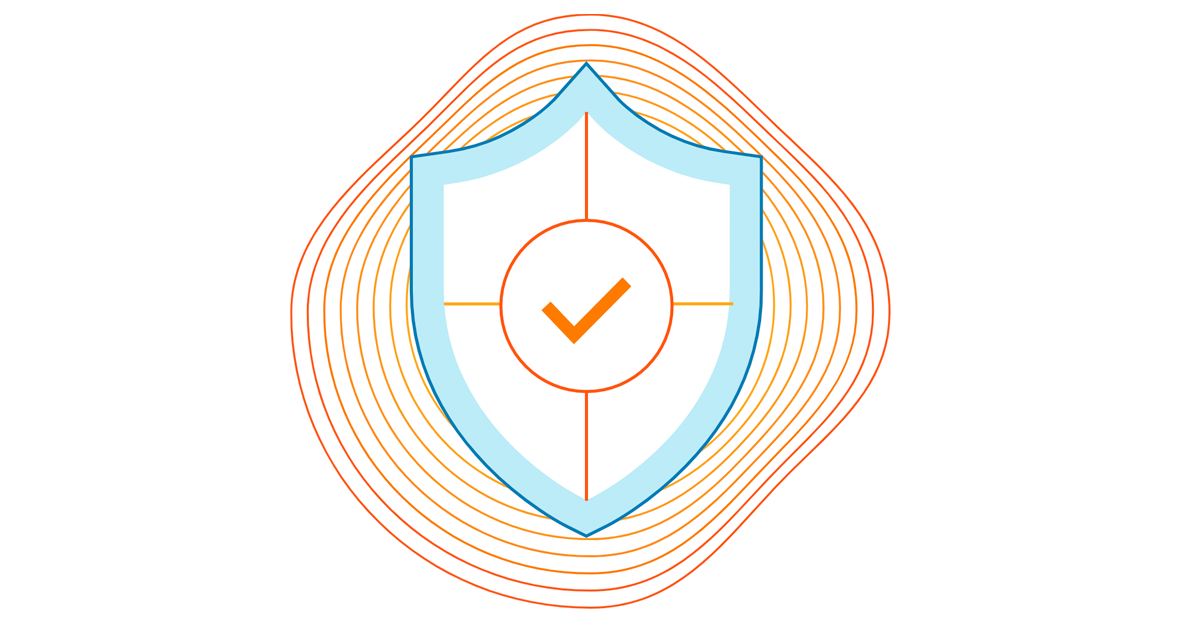
A set of high profile vulnerabilities have been identified affecting the popular Java Spring Framework and related software components - generally being referred to as Spring4Shell.
Four CVEs have been released so far and are being actively updated as new information emerges. These vulnerabilities can result, in the worst case, in full remote code execution (RCE) compromise:
- CVE-2022-22947 - [official VMware post]
- CVE-2022-22950 - [official VMware post]
- CVE-2022-22963 - [official Spring project post]
- CVE-2022-22965 - [official Spring project post]
Customers using Java Spring and related software components, such as the Spring Cloud Gateway, should immediately review their software and update to the latest versions by following the official Spring project guidance.
The Cloudflare WAF team is actively monitoring these CVEs and has already deployed a number of new managed mitigation rules. Customers should review the rules listed below to ensure they are enabled while also patching the underlying Java Spring components.
CVE-2022-22947
A new rule has been developed and deployed for this CVE with an emergency release on March 29:
Managed Rule Spring - CVE:CVE-2022-22947
- WAF rule ID:
e777f95584ba429796856007fbe6c869 - Legacy rule ID:
100522
Note that the above rule is disabled by Continue reading
Future-proofing SaltStack


At Cloudflare, we are preparing the Internet and our infrastructure for the arrival of quantum computers. A sufficiently large and stable quantum computer will easily break commonly deployed cryptography such as RSA. Luckily there is a solution: we can swap out the vulnerable algorithms with so-called post-quantum algorithms that are believed to be secure even against quantum computers. For a particular system, this means that we first need to figure out which cryptography is used, for what purpose, and under which (performance) constraints. Most systems use the TLS protocol in a standard way, and there a post-quantum upgrade is routine. However, some systems such as SaltStack, the focus of this blog post, are more interesting. This blog post chronicles our path of making SaltStack quantum-secure, so welcome to this adventure: this secret extra post-quantum blog post!
SaltStack, or simply Salt, is an open-source infrastructure management tool used by many organizations. At Cloudflare, we rely on Salt for provisioning and automation, and it has allowed us to grow our infrastructure quickly.
Salt uses a bespoke cryptographic protocol to secure its communication. Thus, the first step to a post-quantum Salt was to examine what the protocol was actually doing. In Continue reading
Optimizing Magic Firewall’s IP lists
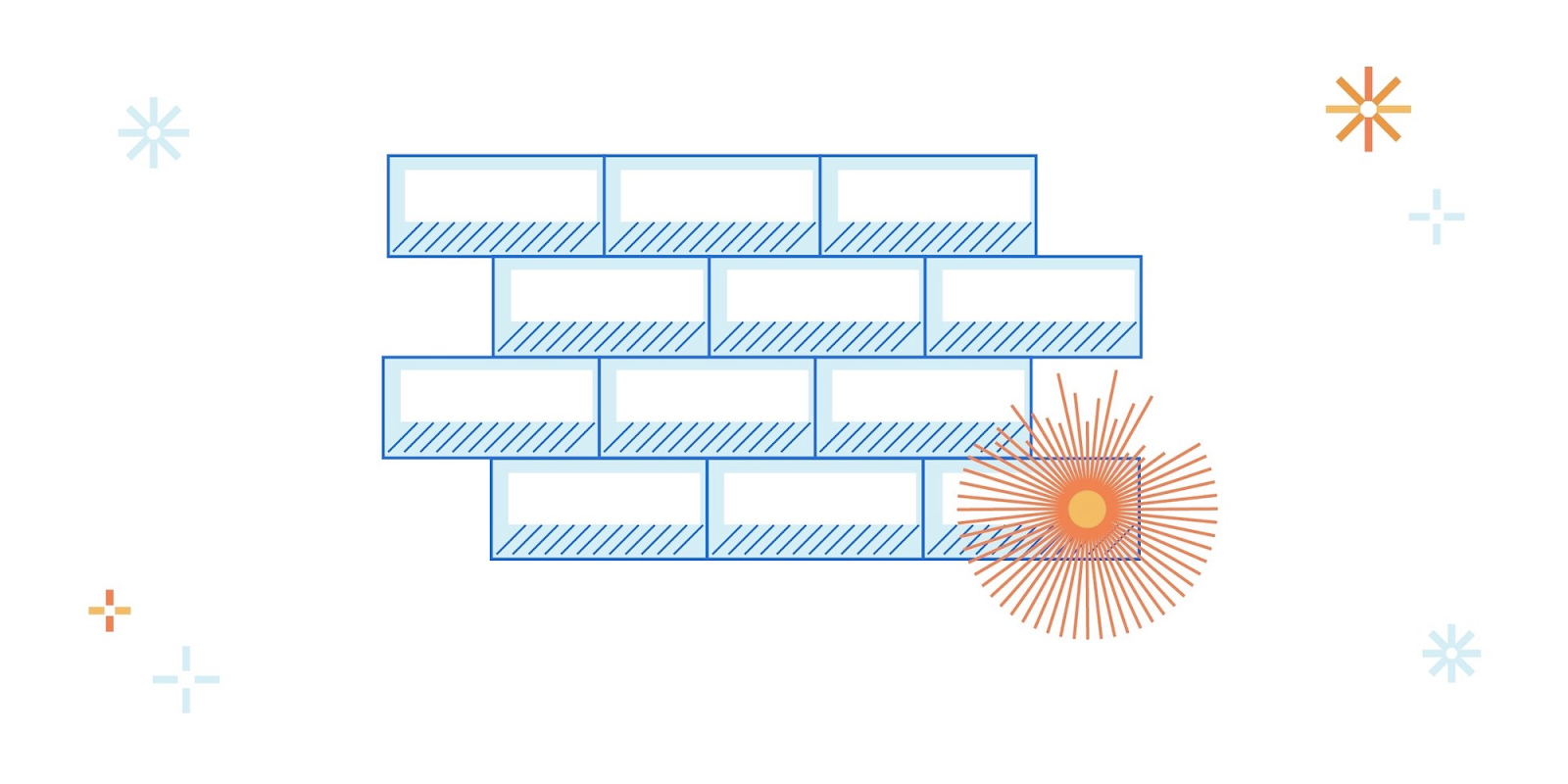
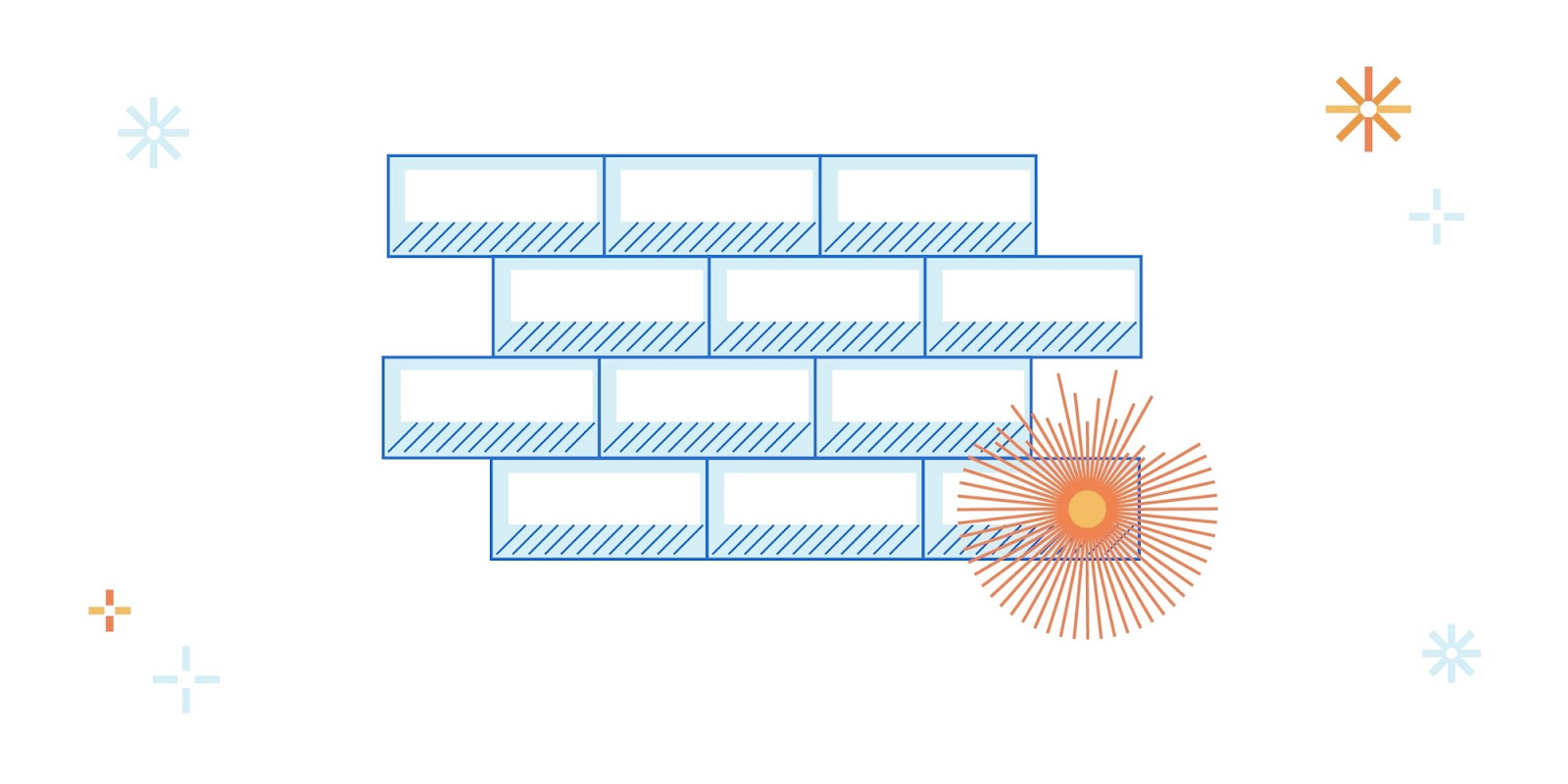
Magic Firewall is Cloudflare’s replacement for network-level firewall hardware. It evaluates gigabits of traffic every second against user-defined rules that can include millions of IP addresses. Writing a firewall rule for each IP address is cumbersome and verbose, so we have been building out support for various IP lists in Magic Firewall—essentially named groups that make the rules easier to read and write. Some users want to reject packets based on our growing threat intelligence of bad actors, while others know the exact set of IPs they want to match, which Magic Firewall supports via the same API as Cloudflare’s WAF.
With all those IPs, the system was using more of our memory budget than we’d like. To understand why, we need to first peek behind the curtain of our magic.
Life inside a network namespace
Magic Transit and Magic WAN enable Cloudflare to route layer 3 traffic, and they are the front door for Magic Firewall. We have previously written about how Magic Transit uses network namespaces to route packets and isolate customer configuration. Magic Firewall operates inside these namespaces, using nftables as the primary implementation of packet filtering.
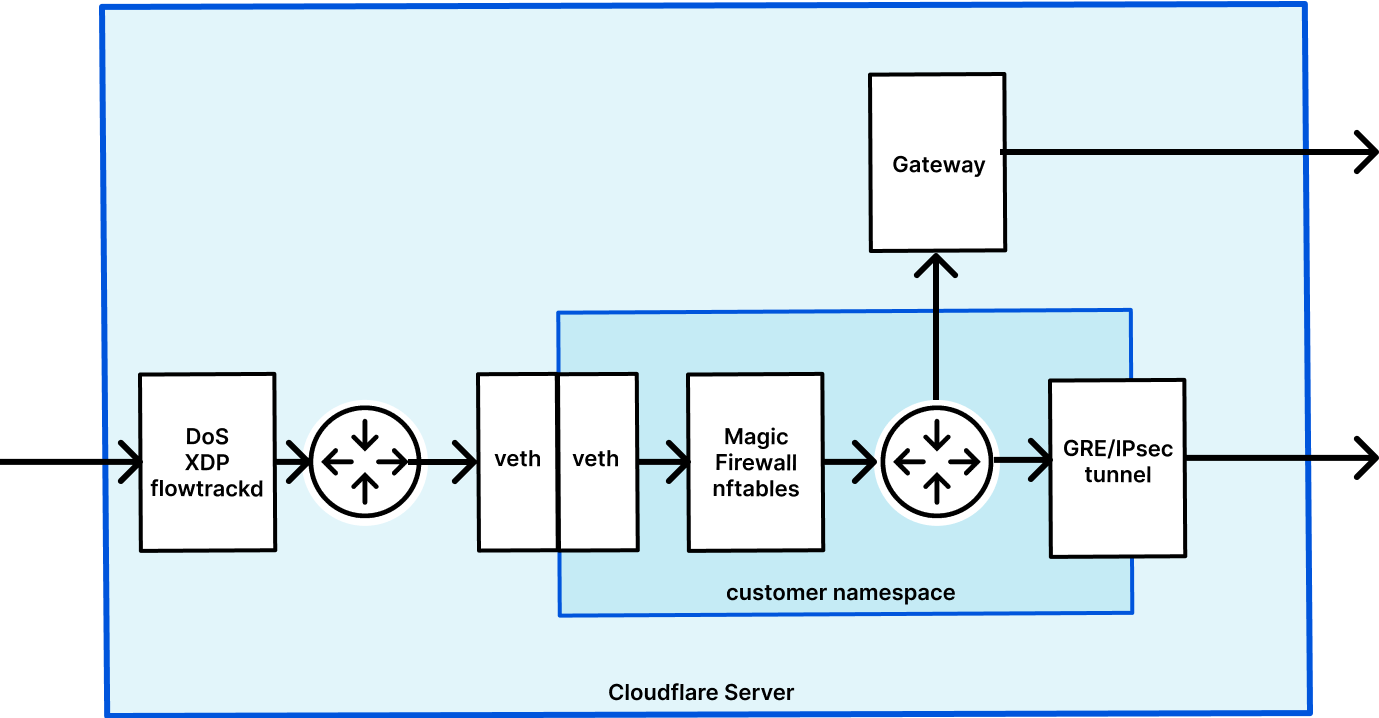
When a user makes an API request to configure their Continue reading
Cloudflare’s investigation of the January 2022 Okta compromise

Today, March 22, 2022 at 03:30 UTC we learnt of a compromise of Okta. We use Okta internally for employee identity as part of our authentication stack. We have investigated this compromise carefully and do not believe we have been compromised as a result. We do not use Okta for customer accounts; customers do not need to take any action unless they themselves use Okta.
Investigation and actions
Our understanding is that during January 2022, hackers outside Okta had access to an Okta support employee’s account and were able to take actions as if they were that employee. In a screenshot shared on social media, a Cloudflare employee’s email address was visible, along with a popup indicating the hacker was posing as an Okta employee and could have initiated a password reset.
We learnt of this incident via Cloudflare’s internal SIRT. SIRT is our Security Incident Response Team and any employee at Cloudflare can alert SIRT to a potential problem. At exactly 03:30 UTC, a Cloudflare employee emailed SIRT with a link to a tweet that had been sent at 03:22 UTC. The tweet indicated that Okta had potentially been breached. Multiple other Cloudflare employees contacted SIRT over the following Continue reading
Application security: Cloudflare’s view
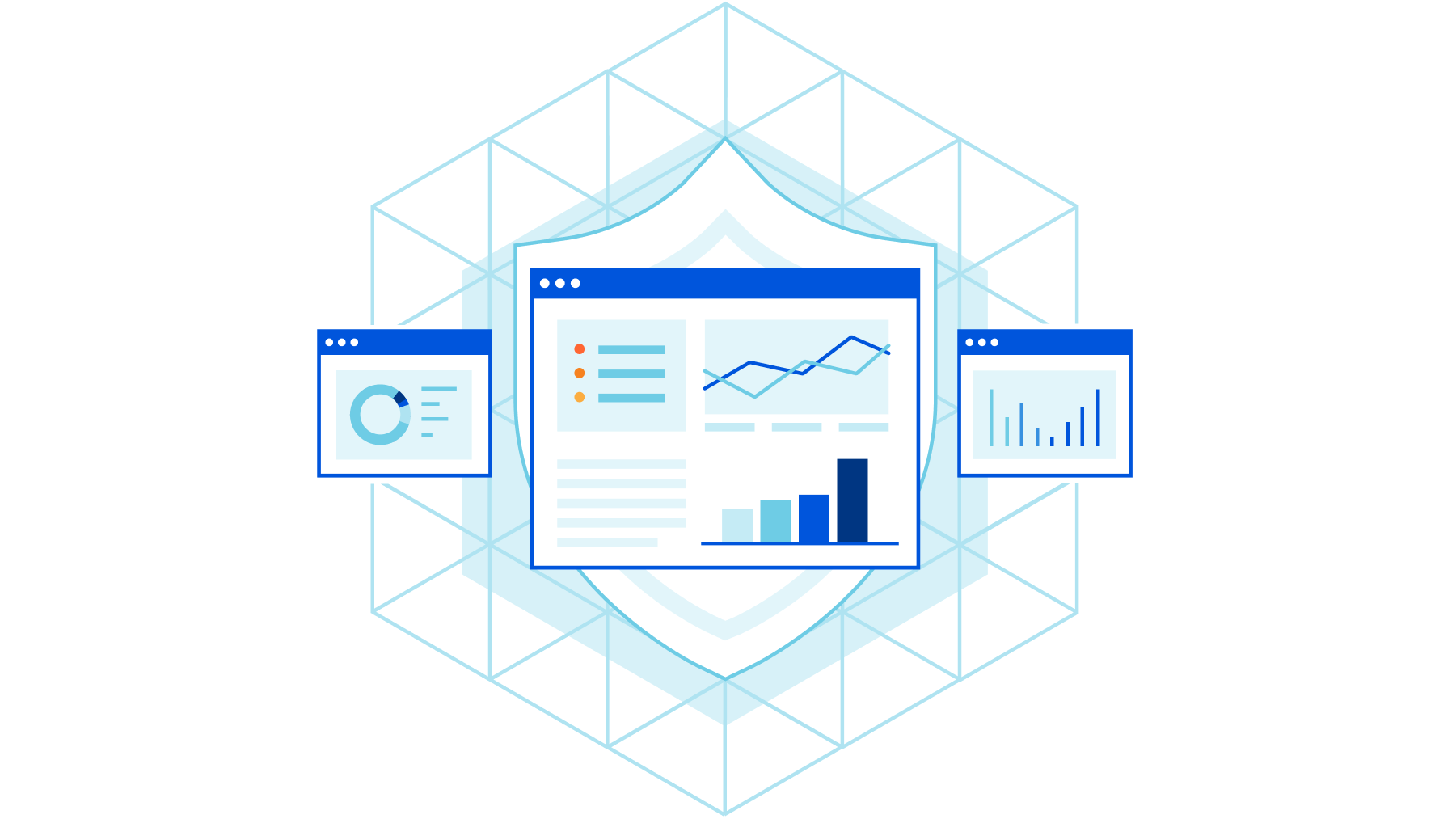
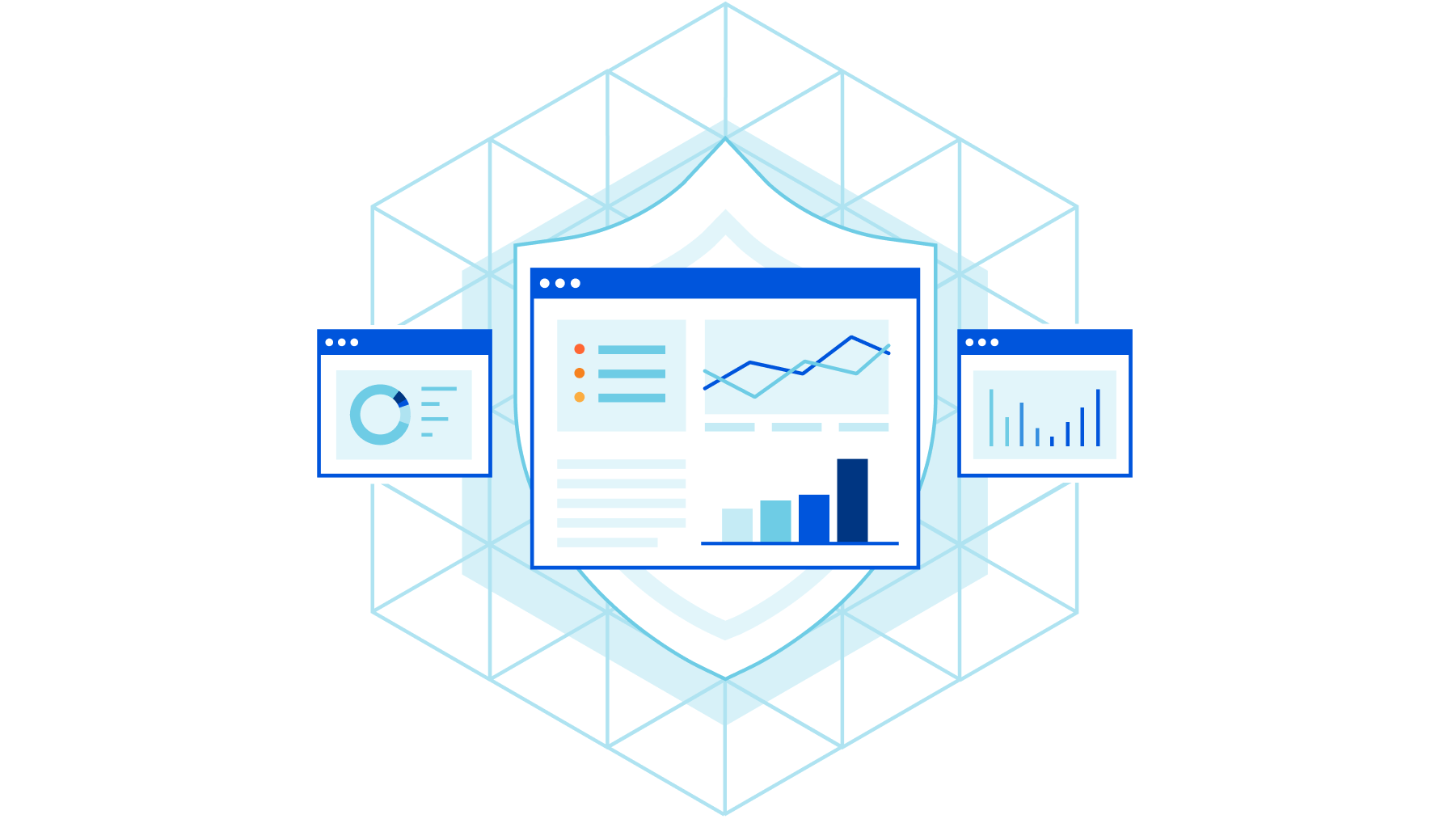
Developers, bloggers, business owners, and large corporations all rely on Cloudflare to keep their applications secure, available, and performant.
To meet these goals, over the last twelve years we have built a smart network capable of protecting many millions of Internet properties. As of March 2022, W3Techs reports that:
“Cloudflare is used by 80.6% of all the websites whose reverse proxy service we know. This is 19.7% of all websites”
Netcraft, another provider who crawls the web and monitors adoption puts this figure at more than 20M active sites in their latest Web Server Survey (February 2022):
“Cloudflare continues to make strong gains amongst the million busiest websites, where it saw the only notable increases, with an additional 3,200 sites helping to bring its market share up to 19.4%”
The breadth and diversity of the sites we protect, and the billions of browsers and devices that interact with them, gives us unique insight into the ever-changing application security trends on the Internet. In this post, we share some of those insights we’ve gathered from the 32 million HTTP requests/second that pass through our network.
Definitions
Before we examine the data, it is useful to define Continue reading
BGP communities for traffic steering – part 2: State Management across Data Centers
This post has been a while in the making and follows up on an article about BGP communities that can be found here. Then we followed it up with some more discussion about FW design and place, or lack there of, on this podcast which inspired me to finish up “part 2”.
Anyone who has ever had to run active/active data centers and has come across this problem of how do I manage state?
You can ignore it and prepare yourself for a late night at the worst time.
Take everyone’s word that systems will never have to talk to the a system in a different security zone in the remote DC
Utilize communities and BGP policy to manage state; which we’ll focus on here
One of the biggest reasons we see for stretching a virtual routing and forwarding (vrf) is to move DC to DC flows of the same security zone below FWs. This reduces the load on the firewall and makes for easier rule management. However, it does introduce a state problem.
We’ll be using the smallest EVPN-multisite deployment you’ve ever seen with Nexus 9000v and Fortinet FWs.
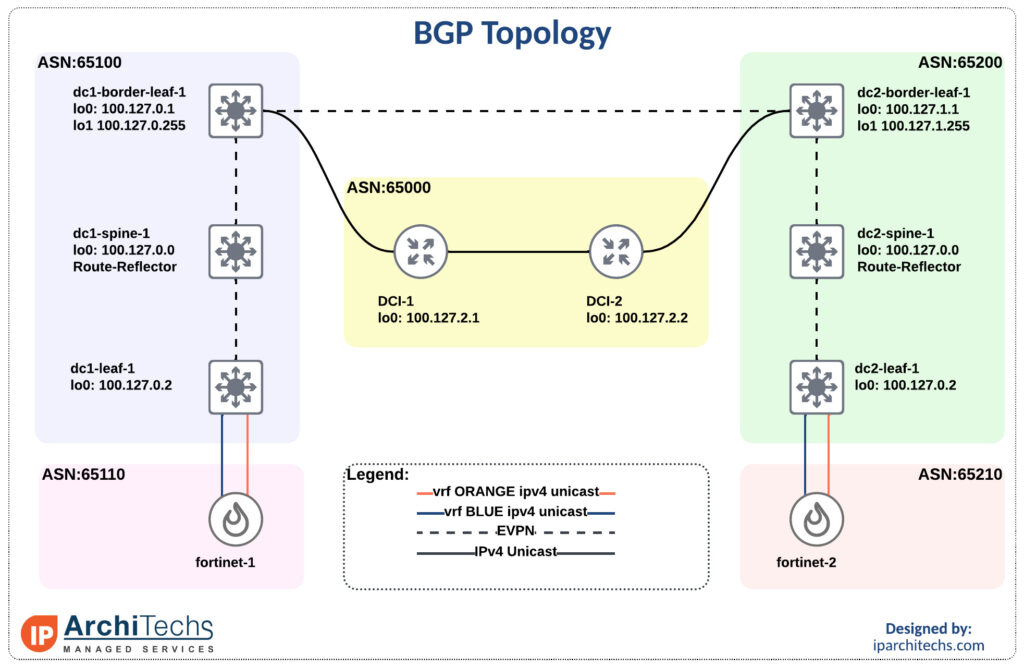
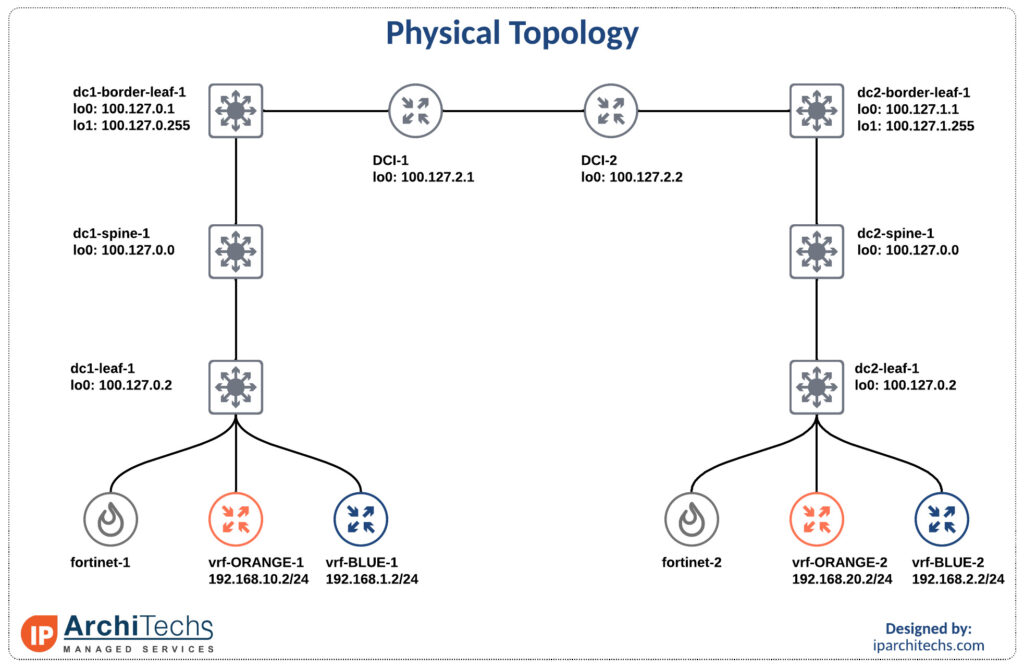

Inter vrf intra data center
The first flow we’ll look Continue reading
Securing Cloudflare Using Cloudflare
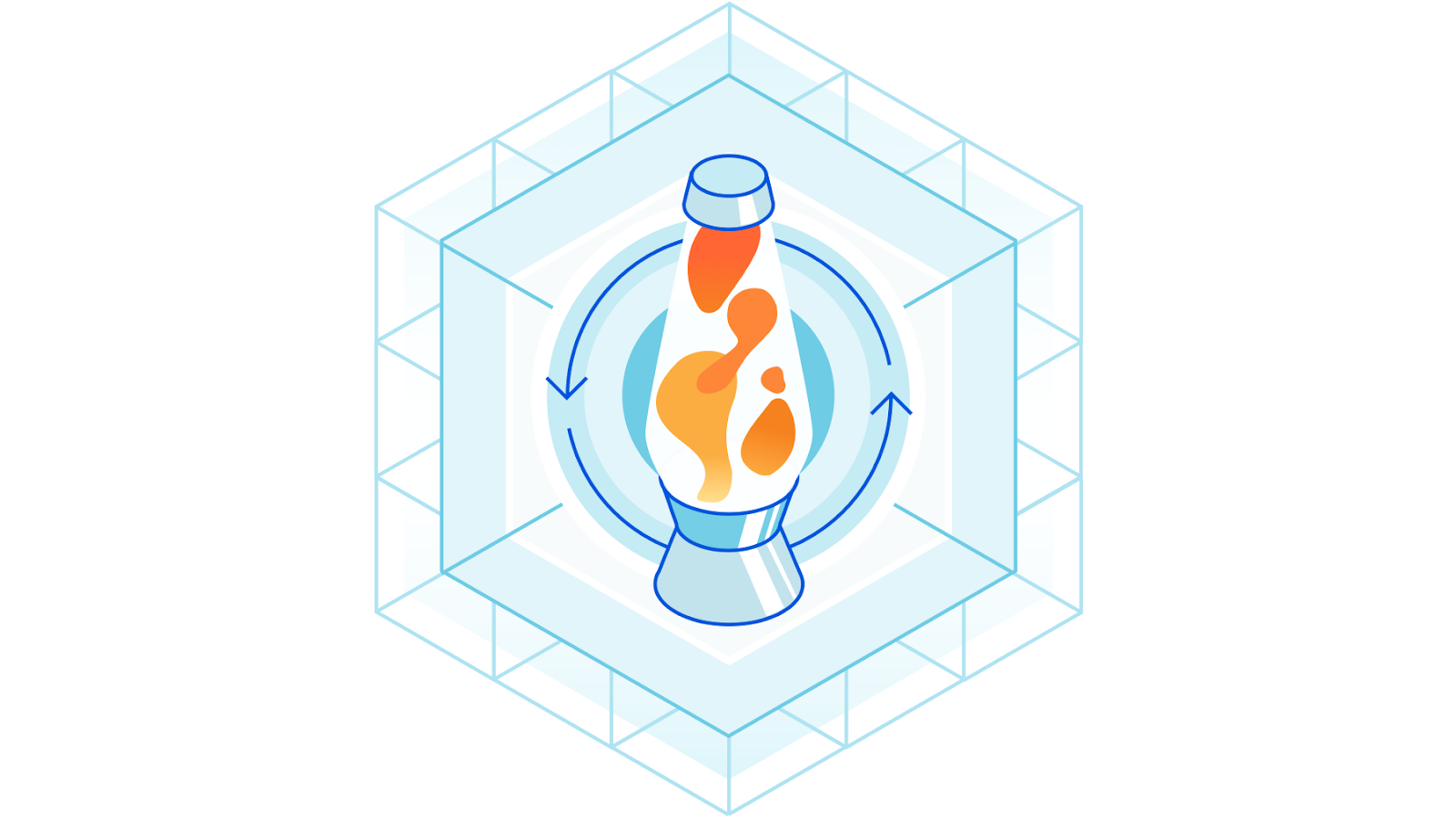

When a new security threat arises — a publicly exploited vulnerability (like log4j) or the shift from corporate-controlled environments to remote work or a potential threat actor — it is the Security team’s job to respond to protect Cloudflare’s network, customers, and employees. And as security threats evolve, so should our defense system. Cloudflare is committed to bolstering our security posture with best-in-class solutions — which is why we often turn to our own products as any other Cloudflare customer would.
We’ve written about using Cloudflare Access to replace our VPN, Purpose Justification to create granular access controls, and Magic + Gateway to prevent lateral movement from in-house. We experience the same security needs, wants, and concerns as security teams at enterprises worldwide, so we rely on the same solutions as the Fortune 500 companies that trust Cloudflare for improved security, performance, and speed. Using our own products is embedded in our team’s culture.
Security Challenges, Cloudflare Solutions
We’ve built the muscle to think Cloudflare-first when we encounter a security threat. In fact, many security problems we encounter have a Cloudflare solution.
- Problem: Remote work creates a security blind spot of remote devices and networks.
- Solution: Continue reading
Domain Scoped Roles – Early Access


Today, Cloudflare is making it easier for enterprise account owners to manage their team’s access to Cloudflare by allowing user access to be scoped to sets of domains. Ensuring users have exactly the access they need and no more is critical, and Domain Scoped Roles provide a significant step forward. Additionally, with the introduction of Domain Groups, account owners can grant users access to domains by group instead of individually. Domains can be added or removed from these groups to automatically update the access of those who have access to the group. This reduces toil in managing user access.
One of the most common uses we have seen for Domain Scoped Roles is to limit access to production domains to a small set of team members, while still allowing development and pre-production domains to be open to the rest of the team. That way, someone can’t make changes to a production domain unless they are given access.
How to use Domain Scoped Roles
If you are an enterprise customer please talk with your CSM to get you and your team enrolled. Note that you must have Super Administrator privileges to be able to modify account memberships.
Once the beta has Continue reading
Cloudflare Observability


Whether you’re a software engineer deploying a new feature, network engineer updating routes, or a security engineer configuring a new firewall rule: You need visibility to know if your system is behaving as intended — and if it’s not, to know how to fix it.
Cloudflare is committed to helping our customers get visibility into the services they have protected behind Cloudflare. Being a single pane of glass for all network activity has always been one of Cloudflare’s goals. Today, we’re outlining the future vision for Cloudflare observability.
What is observability?
Observability means gaining visibility into the internal state of a system. It’s used to give users the tools to figure out what’s happening, where it’s happening, and why.
At Cloudflare, we believe that observability has three core components: monitoring, analytics, and forensics. Monitoring measures the health of a system - it tells you when something is going wrong. Analytics give you the tools to visualize data to identify patterns and insights. Forensics helps you answer very specific questions about an event.
Observability becomes particularly important in the context of security to validate that any mitigating actions performed by our security products, such as Firewall or Bot Management, are not Continue reading
Commitment to Customer Security


Cloudflare has been hooked on securing customers globally since its inception. Our services protect customer traffic and data as well as our own, and we are continuously improving and expanding those services to respond to the changing threat landscape of the Internet. Proving that commitment is a multi-faceted venture, the Security Team focuses on people, proof, and transparency to ensure every touchpoint with our products and company feels dependable.
People
The breadth of knowledge of the Security Team is wide and bleeding edge. Working as a security team at a security company means being highly technical, diverse, willing to test any and all products on ourselves, and sharing our knowledge with our local and global communities through industry groups and presenting at conferences worldwide. Connecting with our customers and counterparts through meetups and conferences lets us share problems, learn about upcoming industry trends, and share feedback to make improvements to the customer experience. In addition to running a formally documented, risk-based security program for Cloudflare, team members drive continuous improvement efforts across our Product and Infrastructure teams by reviewing and advising on changes, identifying and treating vulnerabilities, controlling authorization and access to systems and data, encrypting data in Continue reading
Cloudflare partners with Microsoft to protect joint customers with a Global Zero Trust Network


As a company, we are constantly asking ourselves what we can do to provide more value to our customers, including integrated solutions with our partners. Joint customers benefit from our integrations below with Azure Active Directory by:
First, centralized identity and access management via Azure Active Directory which provides single sign-on, multifactor authentication, and access via conditional authentication.
Second, policy oriented access to specific applications using Cloudflare Access—a VPN replacement service.
Third, an additional layer of security for internal applications by connecting them to Cloudflare global network and not having to open them up to the whole Internet.
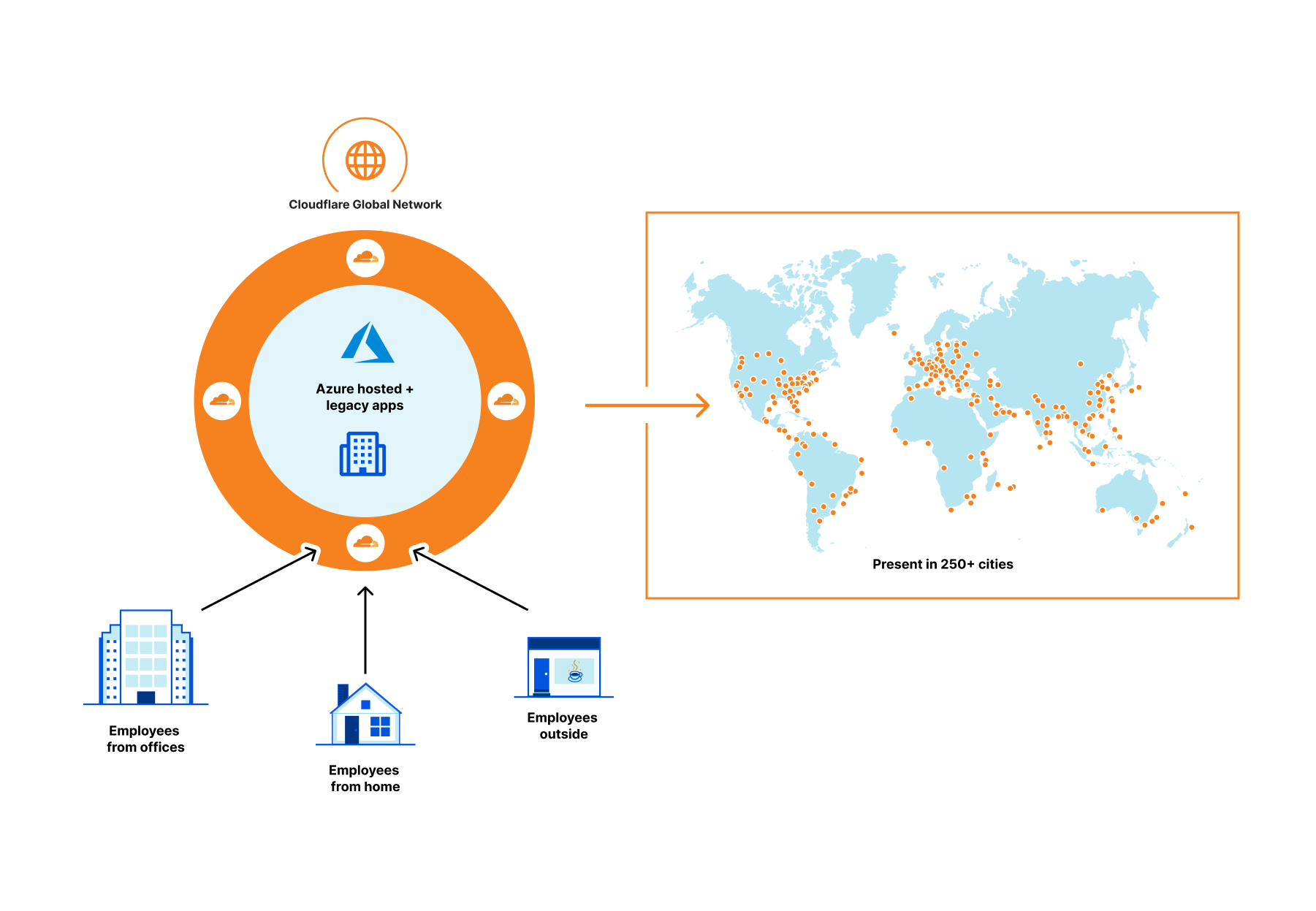
Let’s step back a bit.
Why Zero Trust?
Companies of all sizes are faced with an accelerating digital transformation of their IT stack and an increasingly distributed workforce, changing the definition of the security perimeter. We are moving away from the castle and moat model to the whole Internet, requiring security checks for every user accessing every resource. As a result, all companies, especially those whose use of Azure’s broad cloud portfolio is increasing, are adopting Zero Trust architectures as an essential part of their cloud and SaaS journey.
Cloudflare Access provides secure access to Azure hosted applications and Continue reading
Managing Clouds – Cloudflare CASB and our not so secret plan for what’s next
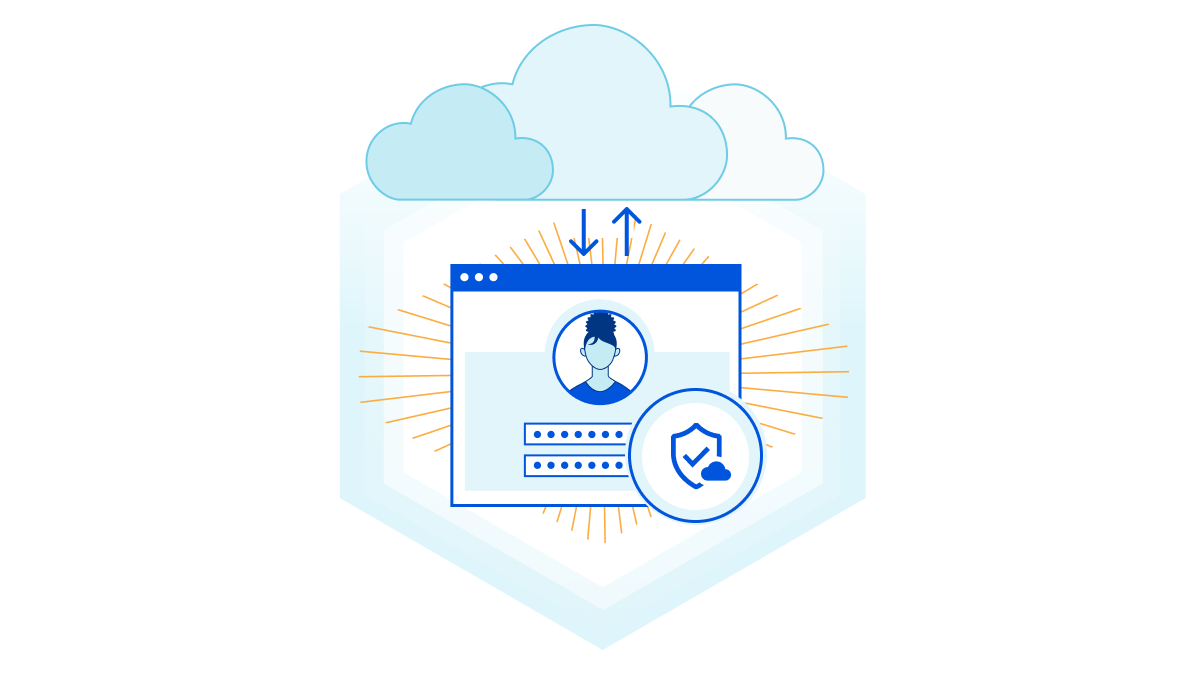
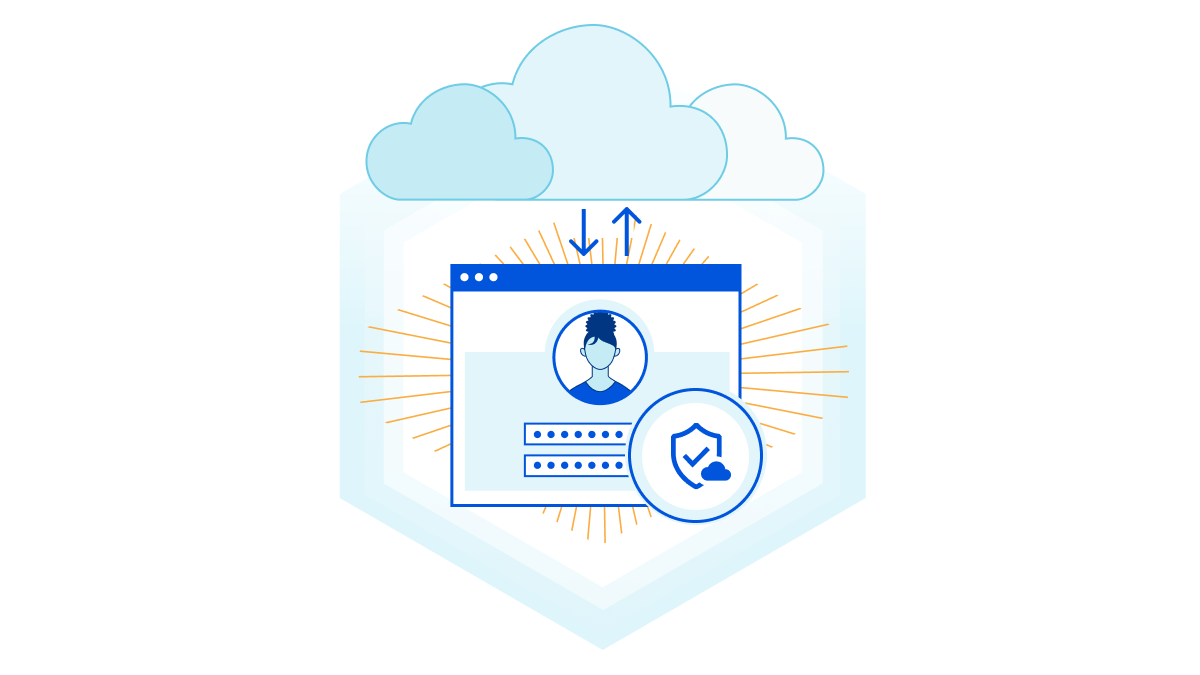
Last month we introduced Cloudflare’s new API–driven Cloud Access Security Broker (CASB) via the acquisition of Vectrix. As a quick recap, Cloudflare’s CASB helps IT and security teams detect security issues in and across their SaaS applications. We look at both data and users in SaaS apps to alert teams to issues ranging from unauthorized user access and file exposure to misconfigurations and shadow IT.
I’m excited to share two updates since we announced the introduction of CASB functionality to Cloudflare Zero Trust. First, we’ve heard from Cloudflare customers who cannot wait to deploy the CASB and want to use it in more depth. Today, we’re outlining what we’re building next, based on that feedback, to give you a preview of what you can expect. Second, we’re opening the sign-up for our beta, and I’m going to walk through what will be available to new users as they are invited from the waitlist.
What’s next in Cloudflare CASB?
The vision for Cloudflare’s API–driven CASB is to provide IT and security owners an easy-to-use, one-stop shop to protect the security of their data and users across their fleet of SaaS tools. Our goal is to make sure any IT or security Continue reading
Cloudflare and CrowdStrike partner to give CISOs secure control across devices, applications, and corporate networks
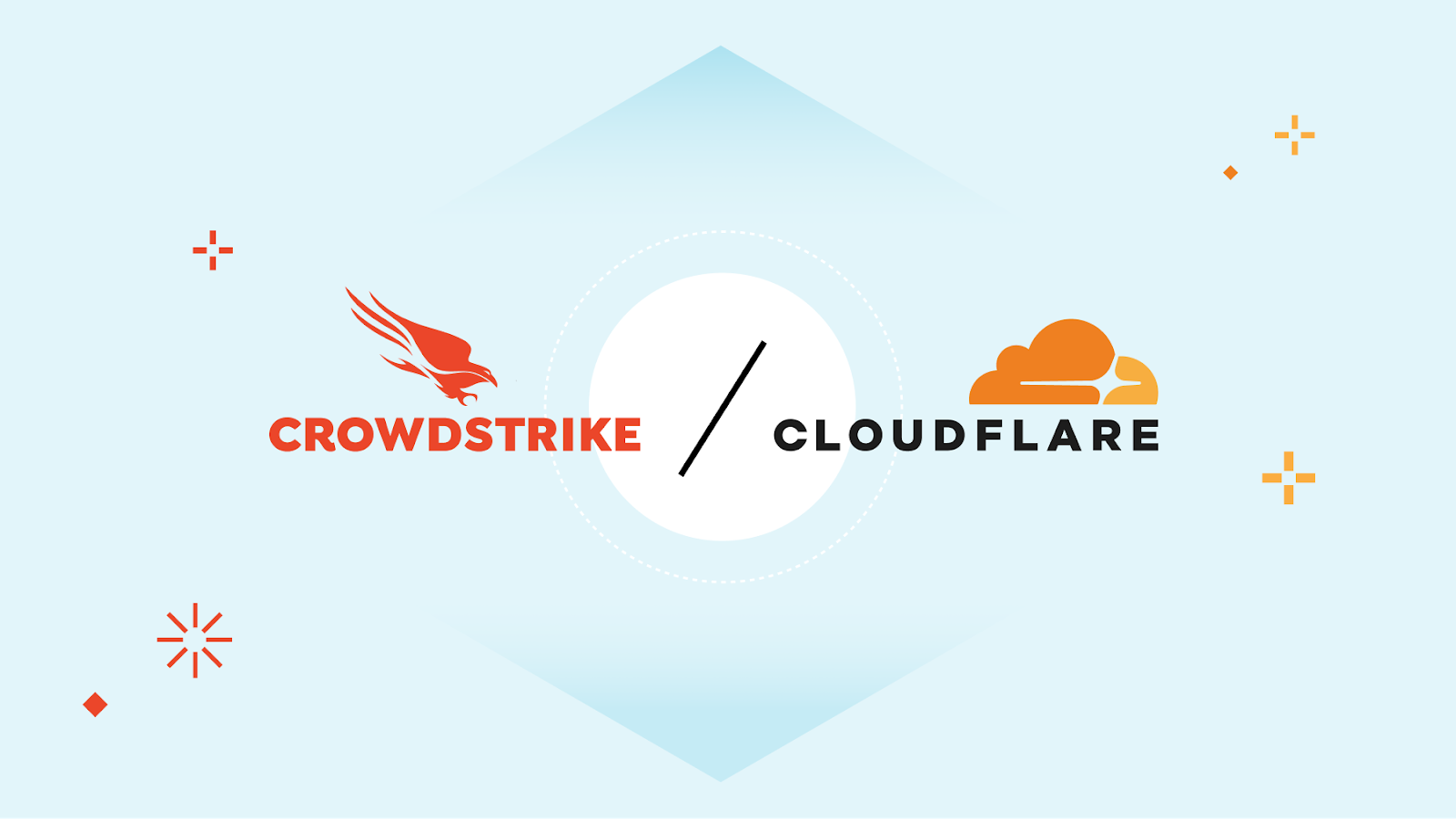
Today, we are very excited to announce multiple new integrations with CrowdStrike. These integrations combine the power of Cloudflare’s expansive network and Zero Trust suite, with CrowdStrike’s Endpoint Detection and Response (EDR) and incident remediation offerings.

At Cloudflare, we believe in making our solutions easily integrate with the existing technology stack of our customers. Through our partnerships and integrations, we make it easier for our customers to use Cloudflare solutions jointly with that of partners, to further strengthen their security posture and unlock more value. Our partnership with CrowdStrike is an apt example of such efforts.
Together, Cloudflare and CrowdStrike are working to simplify the adoption of Zero Trust for IT and security teams. With this expanded partnership, joint customers can identify, investigate, and remediate threats faster through multiple integrations:
First, by integrating Cloudflare’s Zero Trust services with CrowdStrike Falcon Zero Trust Assessment (ZTA), which provides continuous real-time device posture assessments, our customers can verify users’ device posture before granting them access to internal or external applications.
Second, we joined the CrowdXDR Alliance in December 2021 and are partnering with CrowdStrike to share security telemetry and other insights to make it easier for customers to identify and mitigate threats. Continue reading
Cloudflare Zaraz supports CSP
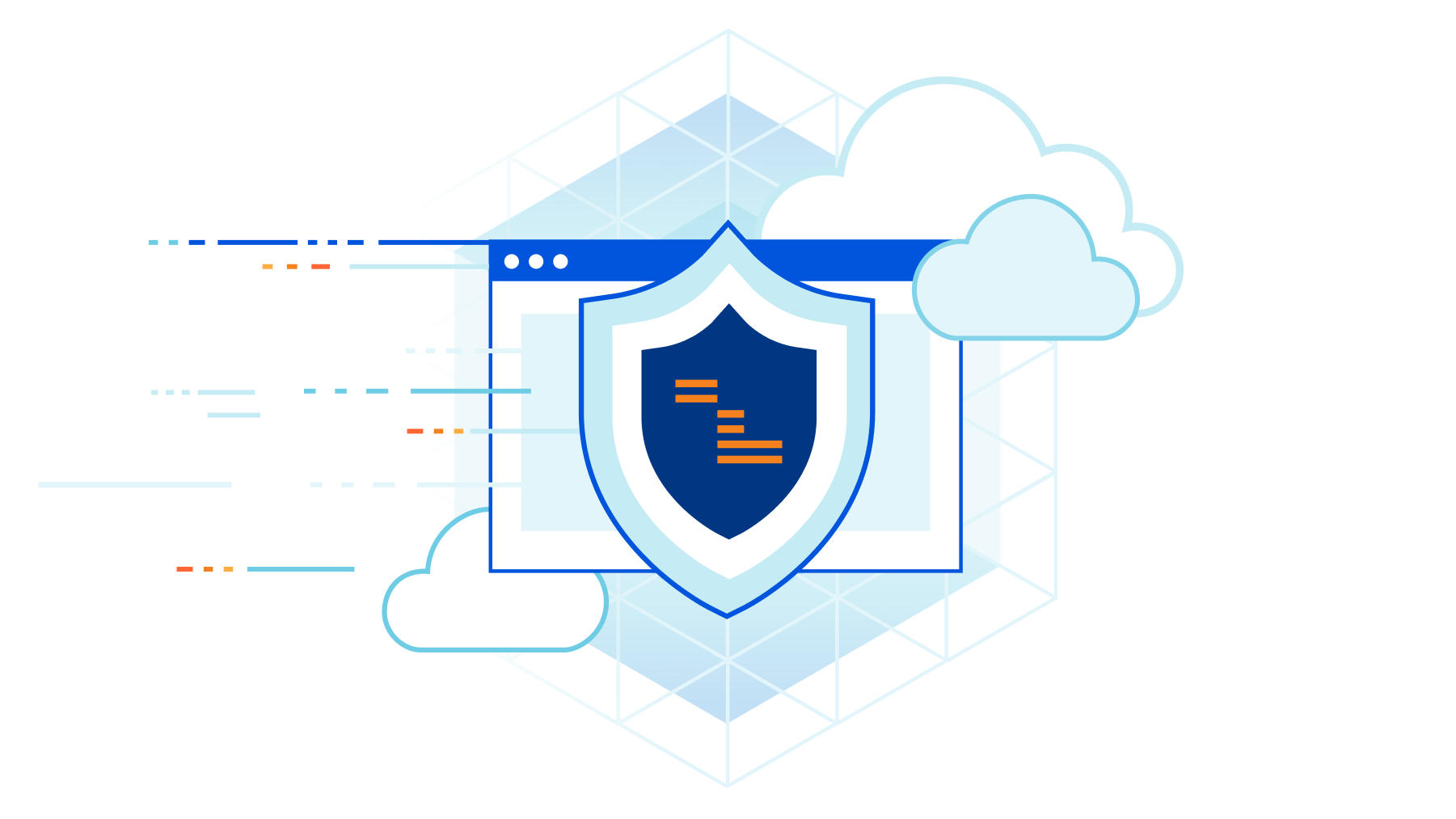
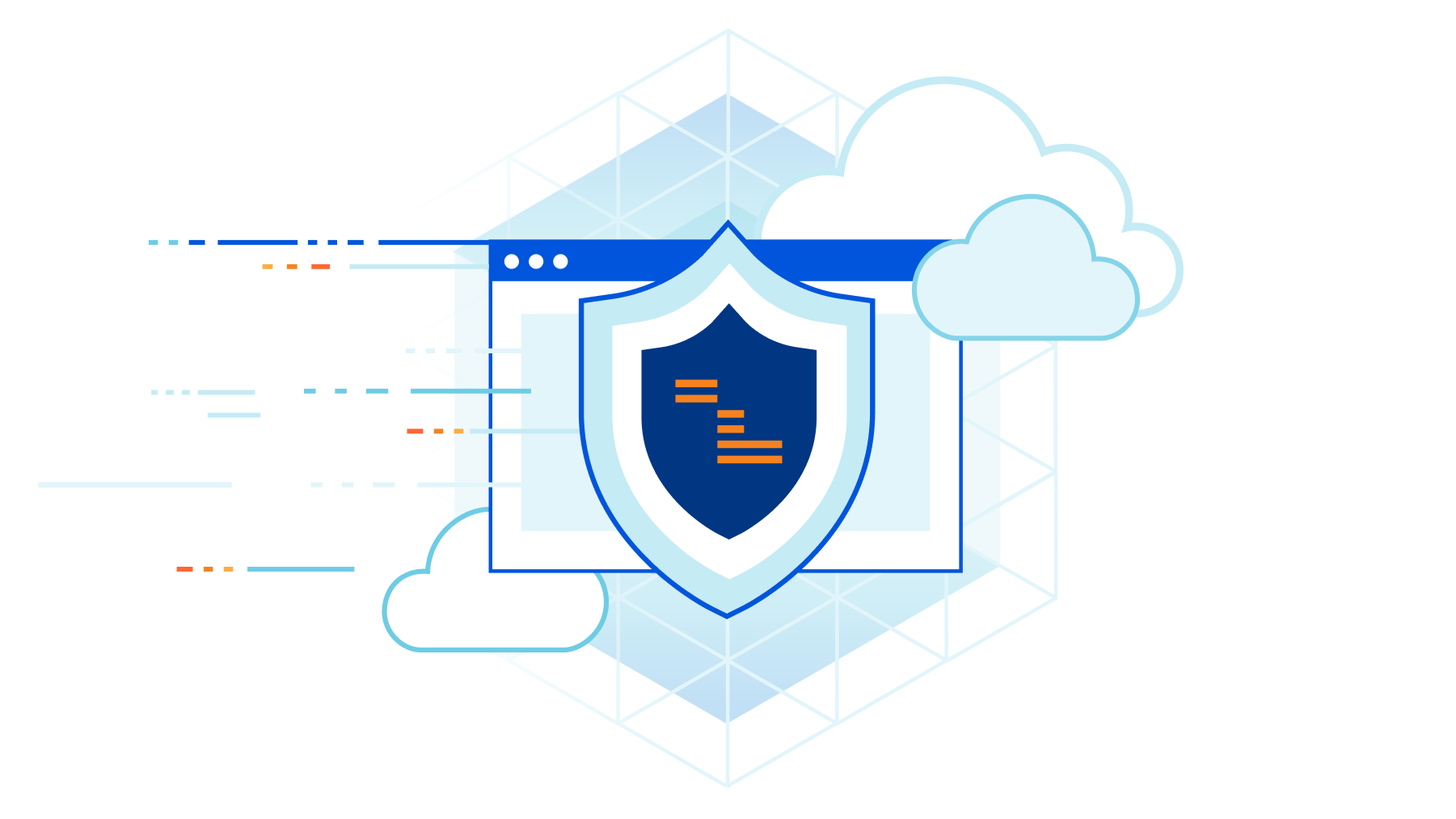
Cloudflare Zaraz can be used to manage and load third-party tools on the cloud, achieving significant speed, privacy and security improvements. Content Security Policy (CSP) configuration prevents malicious content from being run on your website.
If you have Cloudflare Zaraz enabled on your website, you don’t have to ask yourself twice if you should enable CSP because there’s no harmful collision between CSP & Cloudflare Zaraz.
Why would Cloudflare Zaraz collide with CSP?
Cloudflare Zaraz, at its core, injects a <script> block on every page where it runs. If the website enforces CSP rules, the injected script can be automatically blocked if inline scripts are not allowed. To prevent this, at the moment of script injection, Cloudflare Zaraz adds a nonce to the script-src policy in order for everything to work smoothly.
Cloudflare Zaraz supports CSP enabled by using both Content-Security-Policy headers or Content-Security-Policy <meta> blocks.
What is CSP?
Content Security Policy (CSP) is a security standard meant to protect websites from Cross-site scripting (XSS) or Clickjacking by providing the means to list approved origins for scripts, styles, images or other web resources.
Although CSP is a reasonably mature technology with most modern browsers already implementing the standard, less Continue reading